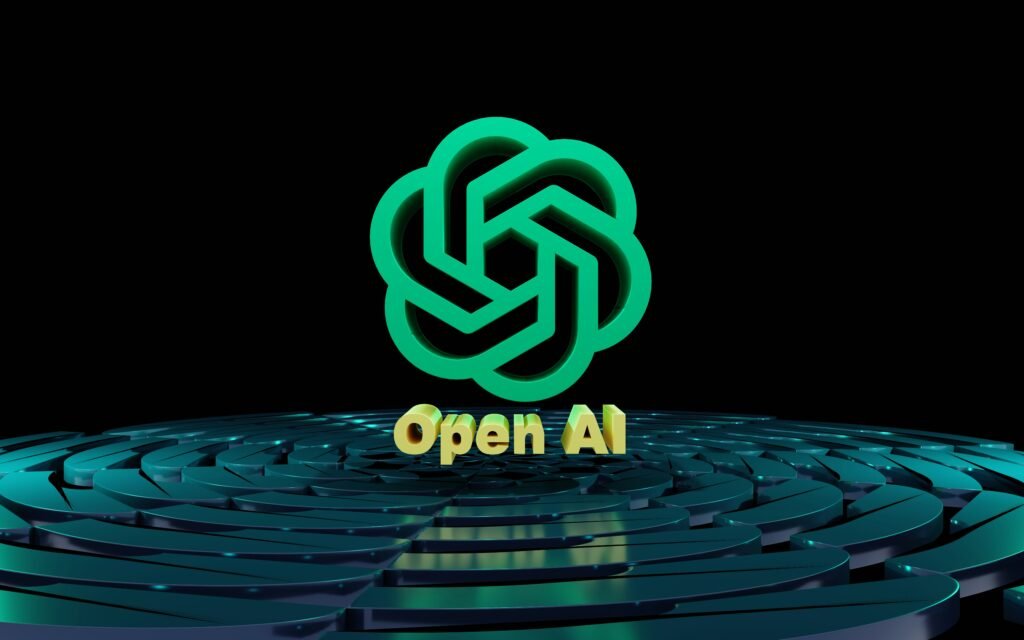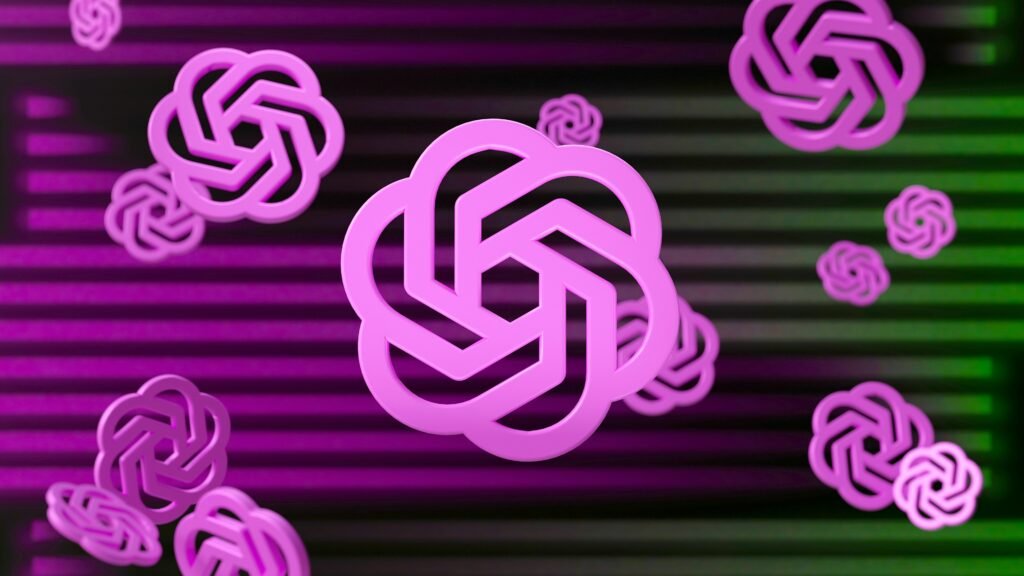
The Evolution of AI Chatbots
The landscape of AI chatbots has undergone significant transformation since 2023, primarily driven by advancements in natural language processing (NLP), machine learning, and deep learning technologies. These innovations have enabled the creation of highly sophisticated chatbots, such as ChatGPT, which have become integral to various industries, enhancing communication and customer engagement. The evolution of these systems can be attributed to several key factors: improvements in algorithm efficiency, increased availability of data, and enhancements in computational power.
Natural language processing has evolved considerably, transitioning from rule-based systems to context-aware implementations that understand nuances in human speech. Recent breakthroughs in transfer learning have allowed chatbots to leverage vast amounts of text data to build conversational capabilities that closely mimic human interactions. This shift has resulted in chatbots that are not only more accurate in understanding user inquiries but also more adept at generating contextually appropriate responses, thus providing users with a seamless experience.
Machine learning techniques, particularly deep learning, have also played a vital role in this evolution. The advent of neural networks, including transformer models, has enhanced the ability of chatbots to learn from interactions and improve over time. As these systems are exposed to a wider array of conversational scenarios, they develop a more nuanced understanding of language, enabling them to respond more intelligently and appropriately to user queries. Furthermore, the integration of reinforcement learning has allowed chatbots to adaptively refine their responses based on user feedback, fostering a more personalized engagement.
Another factor contributing to the evolution of AI chatbots is hardware advancement. The increasing power of GPUs and specialized AI processors has paved the way for real-time processing capabilities, enhancing responsiveness and lowering latency in interactions. Together, these developments have made AI chatbots more intuitive, responsive, and user-friendly, leading to their widespread adoption across various sectors, including customer service, healthcare, and entertainment.
Integration of AI Chatbots in Various Industries
In 2026, the integration of AI chatbots has markedly transformed various industries, fundamentally altering the way businesses operate and engage with clients. Healthcare, finance, customer service, and education are prime examples of sectors that have effectively adopted chatbot technology to enhance operational efficiency and optimize user experience.
Within the healthcare sector, AI chatbots have been employed to provide immediate responses to patient inquiries, schedule appointments, and even monitor health conditions. A notable case is that of a leading hospital system that implemented a chatbot to facilitate ongoing communication with patients managing chronic illnesses. This not only alleviated staff workload but also empowered patients by providing timely information and support, thereby improving patient outcomes.
In finance, the utilization of AI chatbots has streamlined customer interactions and facilitated instantaneous service. Banks have successfully integrated chatbots to handle tasks ranging from simple account inquiries to complex transaction processing. A particular case involved a global bank deploying a chatbot that increased operational efficiency by reducing response times by over 50%. Customers could resolve issues without extensive waiting periods, contributing to heightened satisfaction levels.
The customer service industry has seen a revolutionary shift through the use of chatbots that enhance user engagement. Organizations have harnessed AI technology to provide 24/7 support, resolving customer queries in real-time. For instance, an online retailer integrated a chatbot that offered personalized shopping experiences by analyzing user preferences, leading to increased conversion rates and customer loyalty.
In the educational realm, AI chatbots have been implemented to support student learning processes, offering tailored assistance and resources. Educational institutions have reported significant improvements in student engagement through the implementation of chatbots that answer academic queries and provide instant feedback on assignments.
As these examples illustrate, the integration of AI chatbots across various industries is not merely a trend, but a significant shift that enhances operational efficiency, augments user experience, and facilitates data-driven insights crucial for informed decision-making.
Ethical Considerations and Challenges
The evolution of AI chatbots raises significant ethical concerns that extend beyond technological capabilities. As organizations increasingly employ these artificial intelligences in customer service, healthcare, and various industries, issues surrounding data privacy become paramount. Users often provide sensitive information to chatbots, yet the handling of this data must comply with regulations such as GDPR and CCPA to ensure users’ rights are respected. Organizations must adopt robust policies to protect user data and maintain transparency about its usage.
User consent is another critical aspect in the deployment of AI chatbots. Many users may not fully understand what they are consenting to when engaging with these technologies. It is, therefore, imperative that companies create clear and concise consent forms that outline the data collection processes clearly. This approach fosters trust and allows users to make informed decisions about their interactions with AI systems.
Algorithmic bias is also a pressing issue that can arise within AI chatbots. These systems are trained on data that might inherently contain biases reflecting societal inequalities. Consequently, chatbot responses may perpetuate stereotypes or exclude certain demographic groups altogether. To mitigate this risk, organizations must conduct regular audits of their AI systems, ensuring that they incorporate diverse datasets and avoid biased algorithms.
Furthermore, the impact of AI on employment presents another ethical challenge. As chatbots increasingly take over tasks traditionally performed by humans, the potential for job displacement raises concerns about economic inequality and societal shifts. Governments and organizations need to consider strategies for workforce transition, focusing on retraining and upskilling employees to adapt to a landscape increasingly dominated by AI technologies.
In navigating these ethical considerations, organizations and governments are urged to establish frameworks and guidelines that advocate for responsible AI use. Ongoing debates about AI’s role in society will shape how these technologies integrate into everyday life while addressing the broader implications on privacy, bias, and employment.
The Future of Human-Chatbot Interaction
In the coming years, the evolution of human-chatbot interaction is poised to be significantly transformed by various technological advancements. By 2026, we can anticipate the emergence of emotional artificial intelligence (AI), which will empower chatbots to deeply understand and interpret human emotions. This capability not only encompasses recognizing emotional cues through text and voice but also involves the ability to respond empathetically. As chatbots enhance their emotional intelligence, interactions are likely to become more nuanced and relatable, leading to a more harmonious coexistence between humans and machines.
Another pivotal advancement will be the growing prominence of voice interaction. As natural language processing technologies improve, voice-operated chatbots will become an integral part of daily life, seamlessly blending into our routines. This shift is expected to encourage more spontaneous and accessible communication. The convenience of conversing with chatbots aloud, without the need for textual input, can redefine user experiences across various sectors, including customer service, healthcare, and education.
Moreover, personalization will play a crucial role in shaping future chatbot experiences. Machine learning algorithms will enable chatbots to learn user preferences over time, leading to interactions that feel tailored and relevant to individual needs. Personalization may range from customized recommendations to proactive assistance based on user behavior and past conversations. This level of engagement will not only enhance user satisfaction but also foster loyalty, as chatbots create more meaningful and impactful exchanges.
As these innovations take form, communication between humans and chatbots will likely experience a paradigm shift. This transformation holds enormous implications for the future of work and daily life, where chatbots will serve as invaluable tools, augmenting human capabilities and streamlining tasks. By reimagining the dynamics of human-chatbot interaction, we stand on the brink of a future where these technologies coexist and collaborate, enriching the fabric of our lives.




